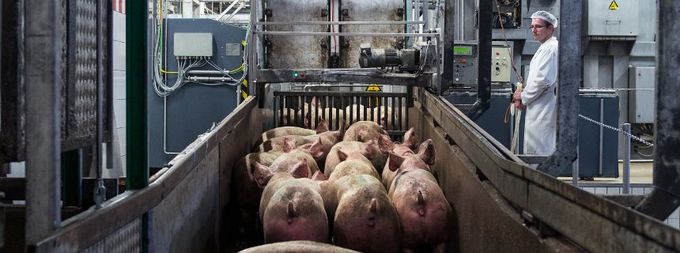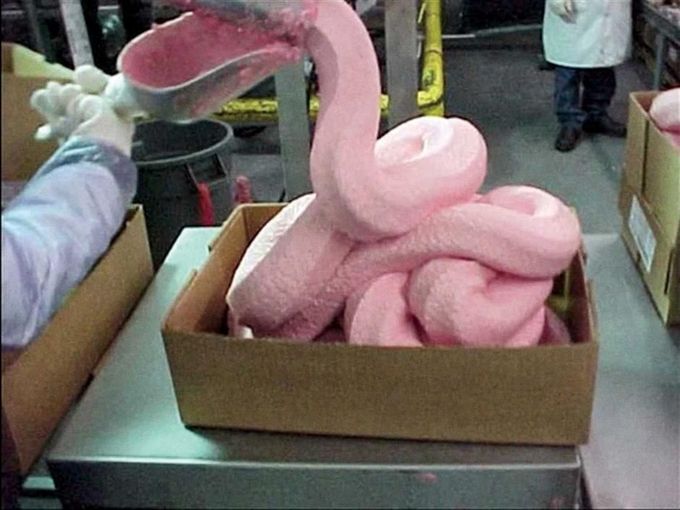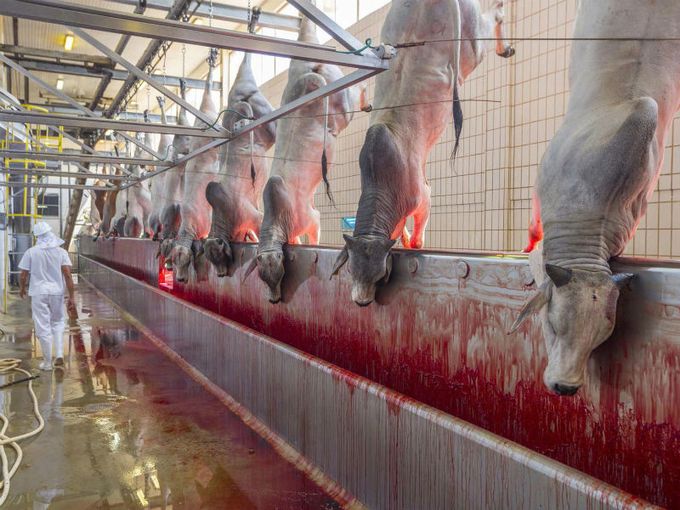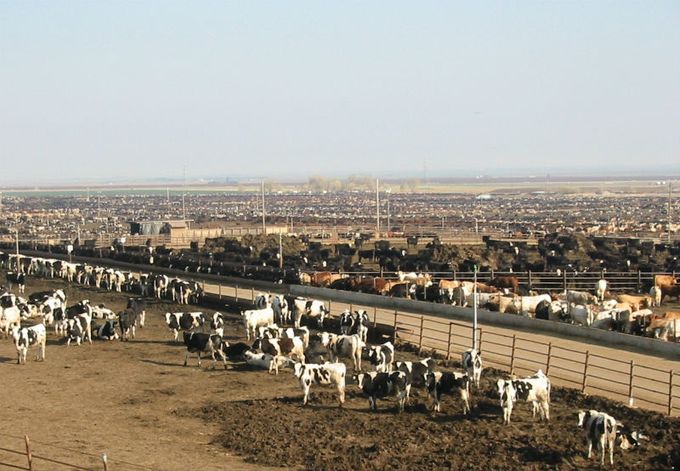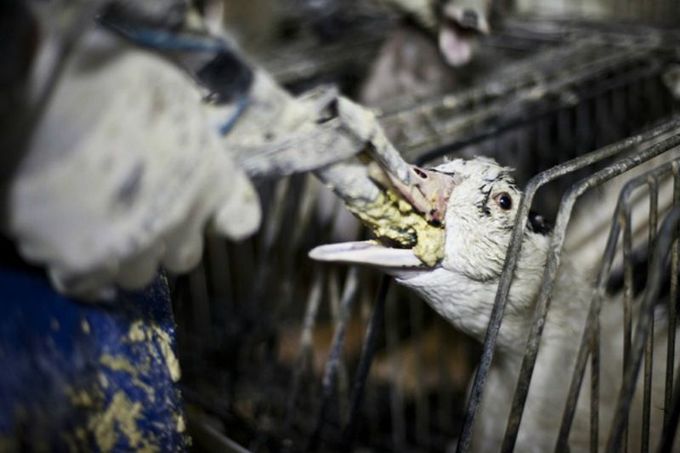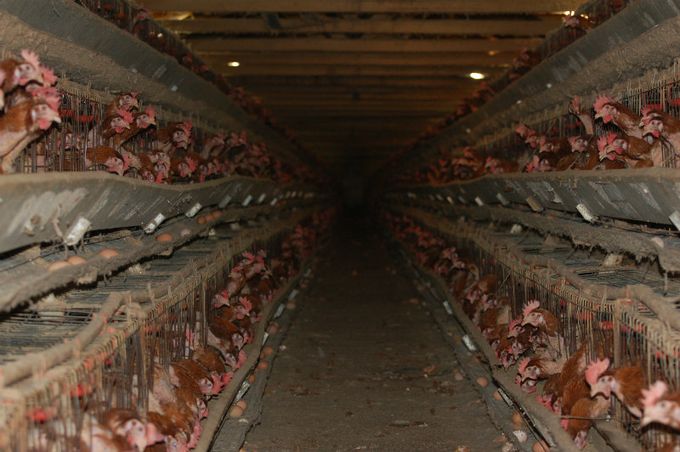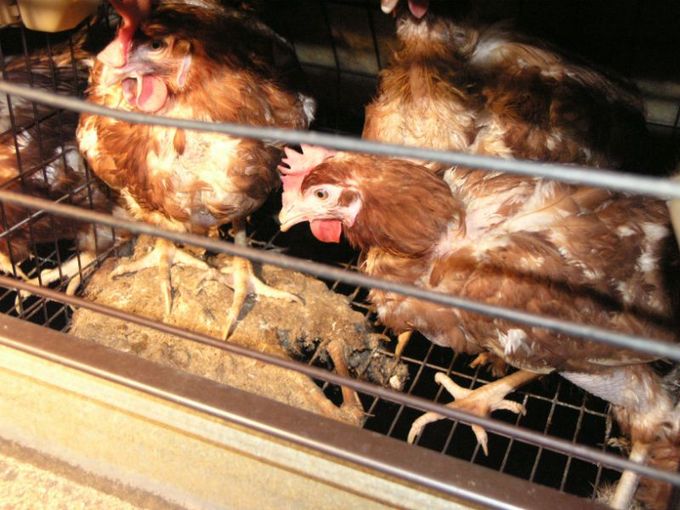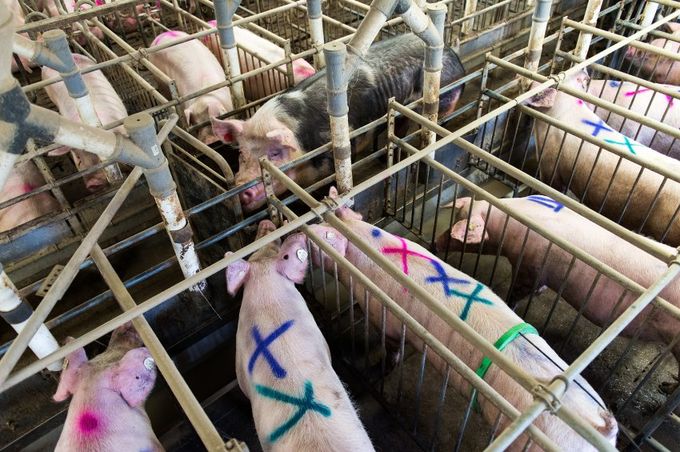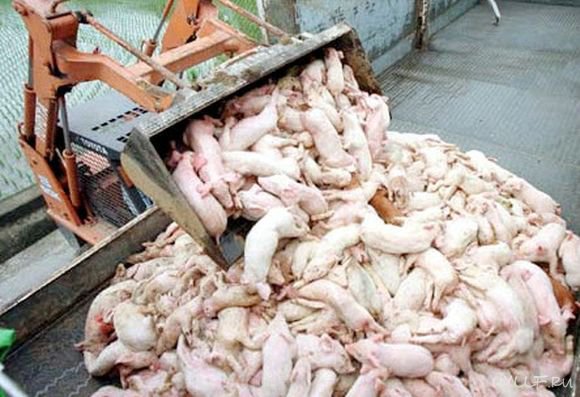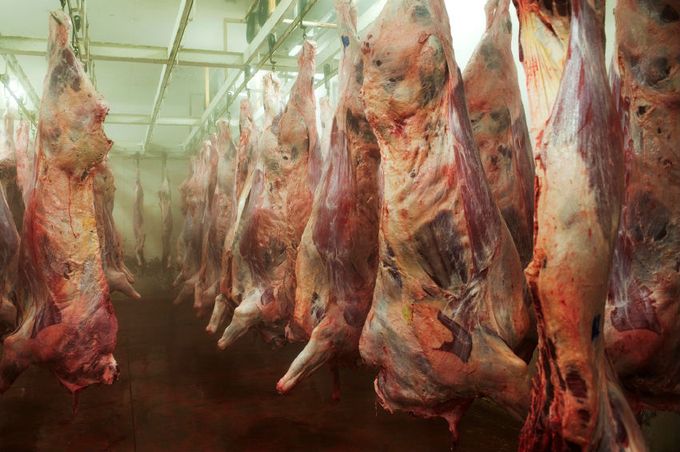
Over 79 per cent of the British population eat meat. However, reports show that not only is meat production worse than car exhaust fumes for the environment, but it’s not particularly healthy for you either.
With the world population now around 7 billion, mass production of food – particularly meat – has grown to astronomical proportions. Today many of us still don’t know exactly where our food comes from and how it is processed.
Do you know where your food comes from?
In Denmark, children are taken to abattoirs from a young age – so they are educated in how their food gets from the field to their plate. (Interestingly, only 4 per cent of Denmark’s population is vegetarian compared to 11 per cent in the UK.)
The following photos might seem horrific, but the point is to show how cheap meat is put on our plates – from the treatment of the animals to the way they are slaughtered.
These are photos from all over the world – from USA to Australia to the UK. Mass production of meat and animal products is an issue that affects us globally.
